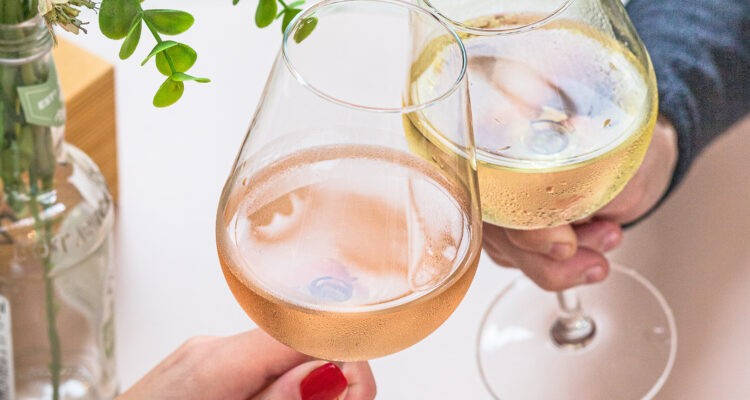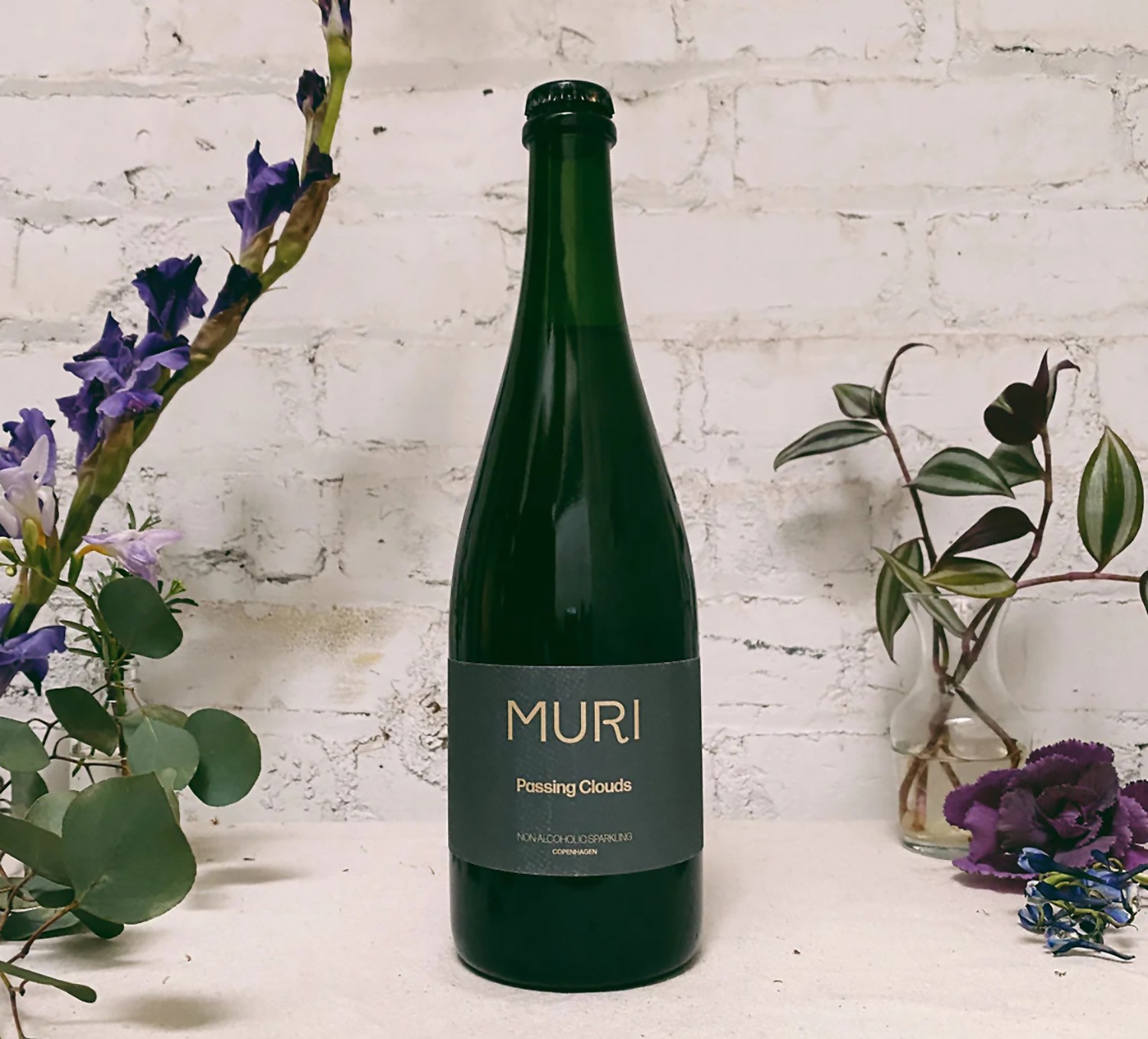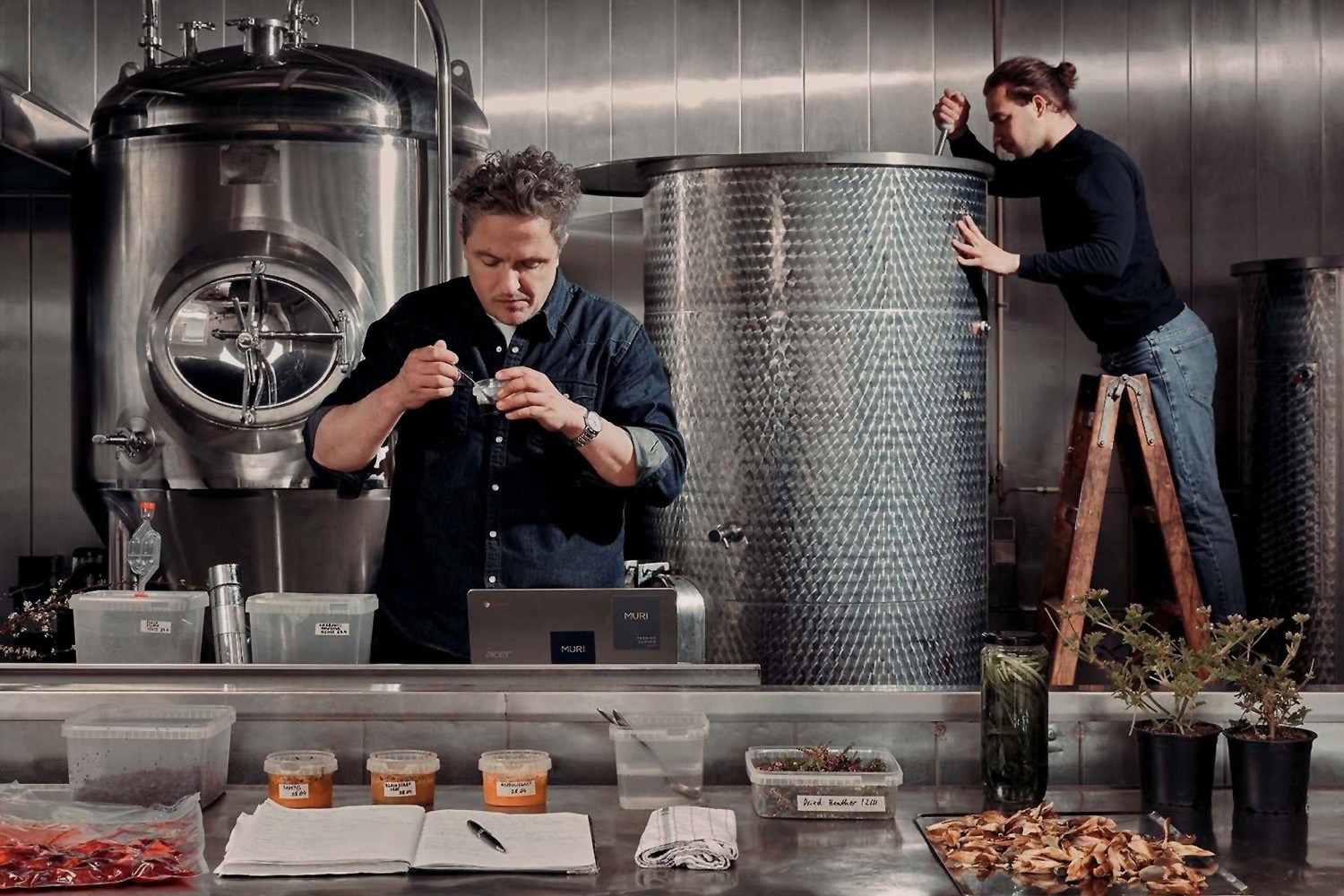Story by Dave Eckert
They are referred to as “NoLo,” lower alcohol or no alcohol beverages such as beer, spirits, and wine. It’s a newish new category and trend that began in Europe before immigrating to the United States. Spurred by health and caloric concerns, NoLo beverages are gaining significant momentum with the category expected to grow more than 30-percent by next year. Let’s start sipping on NoLo wines.
Barry Tunnel from Tannin Wine Bar and Kitchen is one of the area’s most knowledgeable oenophiles. I asked him for his thoughts on the category. “We’ve really seen an increase in demand over the last 12 to 18 months, especially in January with people observing a dry January. I think more people are adopting a healthier lifestyle, but those people still want the ability to drink something interesting, and that’s where NoLo wines come into play,” Tunnel shared. “I’m not sure if demand is creating diversity or diversity is fueling demand. It’s probably a little or both.”
Photo courtesy of Muri
Of course, wine without alcohol isn’t technically wine without fermentation involved. Regardless, there is an increasing range of both no-alcohol and low-alcohol wine offerings hitting the market. Tunnel poured me a sample of one from Denmark, a sparkling no-alcohol wine from Muri called Passing Clouds. I say wine because, unlike the majority of no-alcohol wines, Muri’s wines undergo fermentation. I pulled this explanation from their website. “Fermentation is our starting point. Wine is a fermented drink, so it makes sense that fermentation is the foundation of what we do. Many NoLo producers shy away from fermentation as it naturally creates alcohol, but our expertise in layering together varied types allows us to bring the funk without the alcohol.” That is a perfect description for Passing Clouds, which features Gooseberry Wine, Quince Kefir, Jasmine Tea, Geranium and Woodruff Kvass, and sports a definite funkiness.
Although he says he hasn’t had a ton of experience or exposure to NoLo wines, Tunnel says it is a trend rather than a fad, as he believes they are here to stay. “Restaurants and bars are supporting it, which means it has a real foothold. In every group, there is a percentage of people who don’t consume alcohol, and businesses have a responsibility to serve those people. Even as a wine bar, a number of our guests don’t drink alcohol. The NoLo offerings give them a tasty choice and give us the chance to win their business,” Tunnel points out.
Photo courtesy of Muri
Helen Baillie-Senger is a sommelier at Bubbles Wine and Spirits in Parkville. She’s witnessed growth in the category across the board, though she expresses concern that lowering, or removing alcohol altogether, also lowers flavor and body. “The techniques of dealcoholizing wine leave the body thin and devoid of complex flavors. That means the wine needs to be chilled to have a better mouthfeel and overall taste, one of reasons why there are so many white wines and not so many reds wines in this category. Also, sparkling wines with no alcohol would have a thicker mousse, but will ultimately taste better,” Baillie-Senger weighed in.
Baillie-Senger also draws a correlation between the surge in sales and the pandemic. “I believe the demand was enlarged as people emerged from drinking at home and saw the need to cut back. The presence of these dealcoholized brands are a necessary item in the store, and these days, the section for these products on the shelf has more options than just a couple of items,” Baillie-Senger noted.
Finally, some thoughts from Wanda Mann, owner of Wine With Wanda, East Coast editor of The SOMM Journal, and New York editor at the Tasting Panel magazine. Mann weighed in with this observation. “It’s great to see more quality options in the low and non-alcoholic wine categories. We often talk about the lack of transparency in wine labeling, but all wines are required to reveal the percentage of alcohol. Wines that lead with this information and highlight it in their marketing make it easier for consumers to make informed decisions. Wine is not intended to be a health food, but there are times when I make a conscious effort to select wines that are lower in alcohol,” Mann stated.
In the end, whether you’re a fan of this category or not, one thing appears clear – it is growing and it is here to stay. Cheers!








